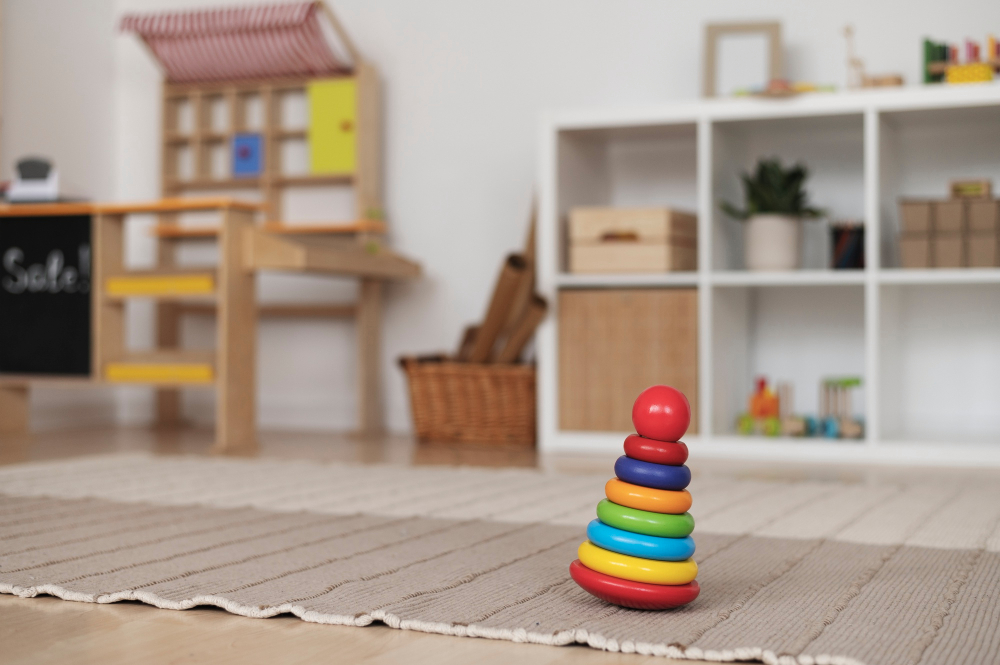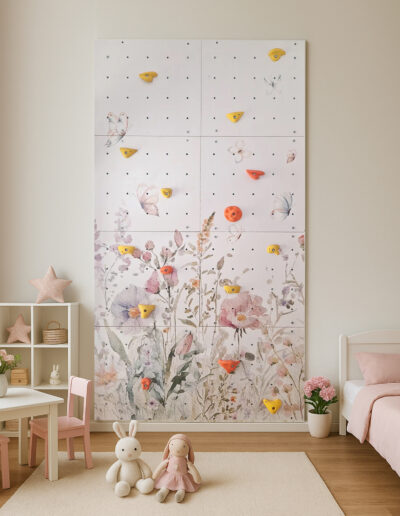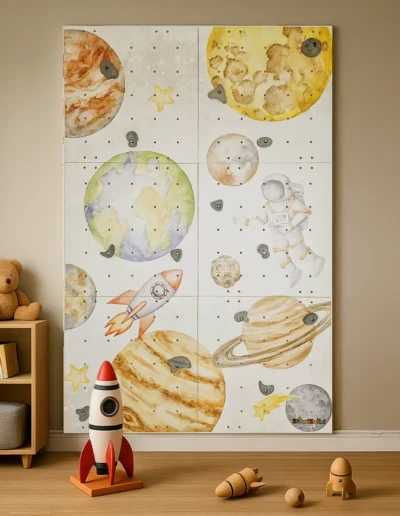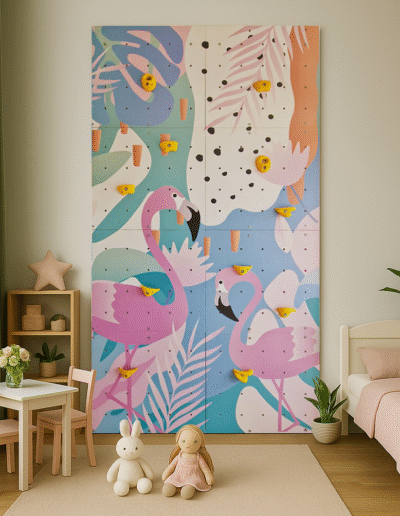In the age of digital screens and plastic toys full of sound and light effects, more and more parents are turning to alternatives that offer more than just momentary entertainment. One such alternative is wooden toys, which are making a comeback not only for aesthetic reasons, but above all for educational and developmental purposes. Although they may seem modest at first glance, their potential is enormous – they support concentration, develop imagination, and teach independence. In this article, we’ll explore why wooden toys are gaining popularity and how they truly impact a child’s development.
Why are wooden toys gaining popularity?
Parents are increasingly seeking quality and educational value over seasonal gadgets. Wooden toys fit this trend perfectly. Their simplicity doesn’t mean boredom – on the contrary, they provide space for creative play. Anything that isn’t predetermined sparks a child’s imagination. A wooden block can be a bridge, a house, a boat, or even the hero of a made-up story. Compared to plastic, often garish toys, wood offers children peace and concentration – essential for development.
Safety and Durability
Wooden toys made from natural materials, free from toxic paints and varnishes, guarantee your little one’s safety. They are durable, don’t break easily, and don’t leave sharp edges. Their durability isn’t just an economic benefit – it also has sentimental value. Well-preserved wooden toys can last for generations and even become beautiful childhood keepsakes. This often cannot be said for their plastic counterparts.
Supports Motor and Sensory Development
Due to their weight and texture, wooden toys require greater precision and engagement from a child. They are ideal training for little hands – developing precision, hand-eye coordination, and grip strength. A child’s senses are fully engaged – they can touch the texture of the wood, feel its temperature, and recognize its weight. These experiences support sensory development in a way that is difficult to achieve with synthetic materials.
Creativity and Independence
The minimalist nature of wooden toys stimulates creative thinking. The lack of excessive functionality forces children to actively participate in play – to invent roles, contexts, and narratives. Unlike the pre-made scenarios offered by electronic toys, the child decides how the play will unfold. This type of activity develops flexible thinking and cognitive skills. Moreover, the simplicity of these toys makes it easier for children to organize their toys independently, which in turn fosters organizational habits and responsibility.
Ecology and Conscious Choice
Wood, as a renewable and biodegradable resource, also has an ecological advantage over plastic. By choosing wooden toys, we teach children respect for the environment and show them the importance of surrounding themselves with durable and natural objects. Many companies producing wooden toys operate in a spirit of sustainability, using certified wood and ensuring ethical production.
How to choose wooden toys?
Above all, it’s important to prioritize simplicity and quality. Choose toys appropriate for your child’s age – younger children will need larger, easy-to-grasp pieces, while older children can enjoy more complex puzzles and sorting boxes. Toys should be made of smooth wood, painted with non-toxic paints, and free of small parts that could pose a threat. Ideally, they should have educational value – teaching shapes, colors, spatial relationships, and logical thinking.
Example in practice: wooden crayon organizer
A perfect example of a useful and aesthetically pleasing wooden toy is wooden crayon organizer. This tool not only develops senses and fine motor skills but also teaches order and independence. Children learn that every crayon has its place and that it’s important to take care of their belongings and keep things organized. The organizer also works perfectly as a teaching aid for learning colors, sorting, and counting – everyday activities that become learning through play.

Summary
Wooden toys are not just a beautiful alternative to plastic. They are a conscious choice that offers educational value, supports a child’s development on many levels, and teaches responsibility and aesthetic sensitivity. In an age when the pace of life is getting faster and faster and children are bombarded with stimuli from everywhere, a simple, well-designed A decorated wooden toy can become an oasis of peace and a space for true, creative play. And that’s what makes it so special.





